Nuwa [Korea Quality] / 누와 [한국관광 품질인증/Korea Quality]
7.0Km 2021-03-29
3-1, Pirundae-ro 5na-gil, Jongno-gu, Seoul
This hanok (traditional Korean house) is located deep in the Seochon Village, west of Seoul’s Gyeongbokgung Palace. Its tasteful renovation of a small 33 m2 hanok made it highly popular among the younger guests. The courtyard has a low maple tree and tastefully arranged stones, while the hanok is capable of accommodating up to 2 persons.
This L-shaped hanok has a full window wall facing the living room, which is furnished with a low walnut table and a bathtub. Visitors can enjoy premium tea at the table. The bathtub, which is connected to the table at one end, can be used mainly for a foot bath with bath salts that assist circulation. There is also a restroom in the building.
Nuwa’s bedroom has a circular window, much like the full moon, with a view of the garden and the fringes of the Inwangsan Mountain.
Masan Agujjim (마산아구찜)
7.1Km 2021-03-29
9, Gangnam-daero 99-gil, Seocho-gu, Seoul
+82-507-1311-4304
This is an Agujjim delivery service restaurant located at Sinsa-dong Agujjim Alley. This Korean dishes restaurant is located in Seocho-gu, Seoul. The most famous menu is spicy braised monkfish.
Matborae Jeukseok Tteokbokki (맛보래즉석떡볶이)
7.1Km 2021-03-19
9, Insadong, 3-gil, Jongno-gu, Seoul
+82-2-720-4831
A spicy rice cakes specialty restaurant located in Insa-dong, Seoul. The most famous menu is stir-fried rice cake with cheese. Jjajang tteokbokki is also delicious.
Daeseong Hanjeongsik (대성한정식)
7.1Km 2021-03-30
10, Insadong 3-gil, Jongno-gu, Seoul
+82-2-734-4407
It is a hidden famous restaurant in Insa-dong. The best menu at this restaurant is soy sauce marinated crab set menu. This Korean table d'hote restaurant is located in Jongno-gu, Seoul.
Galerie Simon (갤러리 시몬)
7.1Km 2021-02-16
20, Jahamun-ro 6-gil, Jongno-gu, Seoul-si
+82-2-549-3031
Depuis son ouverture en avril 1994, la Galerie Simon a organisé exclusivement des expositions planifiées basées sur invitation. Il s’agit d’expositions de travaux d’artistes expérimentés ainsi que d’artistes en herbe.
Yangbandaek (양반댁)
7.1Km 2016-11-15
19-18, Insadong-gil, Jongno-gu, Seoul
+82-2-733-5507, +82-2-730-1112
Yangbandaek specializes in Korean Table d’hote. Even though they offer common Korean dishes, their meals have exquisite tastes like gyeran jjim (steamed egg).
Also most of the ingredients used in their dishes are made organic.
The landlady, in hanbok, traditional Korean dress, with an old abacus, tells you the history of this restaurant.
Ijo (이조)
7.1Km 2021-03-26
8, Insadong 3-gil, Jongno-gu, Seoul
+82-2-730-7610
Galbijjim (braised short ribs) is a traditional Korean menu of ribs seasoned with soy sauce. This Korean dishes restaurant is located in Jongno-gu, Seoul. The representative menu is braised short ribs.
Cafe Orange (까페오렌지)
7.1Km 2021-03-19
96, Supyo-ro, Jongno-gu, Seoul
+82-2-2279-1220
A restaurant located near Tapgol Park. The best menu at this restaurant is coffee. This is a cafe located in Jongno, Seoul.
Festival de l’art et de la culture coréens d’Insa (인사전통문화축제)
7.1Km 2021-03-26
Insa-dong, Jongno-gu, Seoul-si
- Ligne Info Tourisme : +82-2-1330 (coréen, anglais, japonais, chinois) - Pour obtenir plus d'info : +82-2-731-1161 (coréen)
La rue d’Insa-dong, classée district culturel en avril 2002, est un haut lieu de tradition et de culture avec ses nombreuses galleries d’art, antiquaires et boutiques de livres anciens. Le festival de l’art et de la culture coréens d’Insa-dong est de plus en plus apprécié pour ses manifestations mettant en valeur les particularités d’Insa-dong. Le festival de l’art et de la culture coréens de Insa, sponsorisé par la Société pour la préservation de la culture et des traditions de Insa, fête cette année ses 20 ans.
Programme des manifestations :
Depuis ses débuts en 1987, les attractions et spectacles du festival de l’art et de la culture coréens de Insa a largement contribué à faire connaître Insa-dong comme un lieu incontournable de la culture et de la tradition. Le festival perpétue l’héritage prospère d’Insa-dong et permet aux visiteurs de participer à diverses activités. Deux festivals permettent de fignoler l’image d’Insa-dong comme rue des galeries d’art : Le festival des antiquités d’art expose des céramiques, des peintures anciennes rares, des objets populaires en bois ; et les merveilles de l’art contemporain sont mises en scène lors du festival de l’art moderne. .
De nombreuses autres manifestations passionnantes apportent au visiteur une bouffée de la Corée de jadis : la seconde présentation d’un mariage coréen traditionnel, l’ancienne parade du chef de la police appelée Pododaejang, un concert de Gayageum pour chanter en choeur, du Samullori, la danse pour la paix Taepyeongmu, la danse des Gisaengs Gyobangmu, un concert de chants folkloriques, etc. .
Durant le festival, les visiteurs peuvent s’initier à tous les aspects de la culture coréenne : des ateliers permettent de découvrir la céramique et la fabrication d’objets à partir de paille, de tracer au pinceau des préceptes familiaux, de peindre des portraits de famille, et de piler la farine de riz selon la méthode traditionnelle. Mais c’est la braderie surprise d’antiquités qui remporte le plus grand succès. On peut y acheter des antiquités pour seulement 10 000 wons environ. C’est une opportunité exceptionnelle pour acquérir de très beaux objets anciens à un prix intéressant, et c’est possible uniquement durant le festival Insa.
A la une du festival : On trouve pas moins de 362 biens culturels aux alentours d’Insa-donc, parmi lesquels des anciens palais royaux, des sanctuaires ancestraux, des autels dédiés aux divinités d’Etat, le temple bouddhiste de l’ordre de Jogye, le parc de Tapgol, le pavillon de la cloche de Bosingak et la porte de Heunginjimun, aussi les visiteurs peuvent découvrir des hauts lieux de l’histoire coréenne tout en profitant du festival.
Insa-dong est également appréciée des touristes pour ses multiples spectacles, distractions et restaurants réputés. Ne manquez pas non plus à proximité la rue de la jeunesse à Gwancheol-dong, le centre commercial des instruments de musique à Nagwon-dong et la rue des restaurants de Haejangguk (une soupe souveraine contre la gueule de bois) à Cheongjin-dong.
Seochon Guest House [Korea Quality] / 서촌 게스트하우스 [한국관광 품질인증]
7.1Km 2023-04-07
28-3, Jahamun-ro 7-gil, Jongno-gu, Seoul
+82-010-3345-9680
Seochon Guest House is located in Seochon, which is becoming a hot place for tourists in Seoul, and precisely on the road to Suseong Valley, whichis filled with interesting stores and is also well-known for Park Nosoo Art Gallery and the House of Yun Dong-ju (poet). Seochon Guest House is nicknamed ‘Jaeminangol (interesting village)’ after Baekseok’s poem ‘Yeowunangol’, with the aim of providing a visit full of interesting experiences. Passing through a garden and entering the main building, the unique charm of this hanok building, the staircase to get to the first floor from daecheong (main floored room), catches the eye of the visitors. In addition, the building is decorated with various stylish objects including paintings and Korean musical instruments. The terrace situated on the first floor offers an open view of the surrounding area including roof tiles of hanok structures and alleyways in Seochon. It is said that Korean novelist Yoon Hu-myeong also appreciated the structure of the guesthouse, saying, “It is an interesting place.” Built in the 1930s, the house, which has many storage places, was taken by the owner couple in spring 2014 as they were attracted by the house during their trip to Seochon. After the repair work, the ground floor of the house was opened for guests from January 2016, hoping that guests could share their daily experiences and stories with each other. The guestrooms and the main floored room on the ground floor are open to guests, with the exception of the first floor, which is used by the owner couple. The living room is equipped with books, a curved TV, and a table. The tasty meal, which is served in the kitchen, consists of rice and soup with six side dishes and is much loved by guests. The guesthouse offers a total of four rooms – Jae Room, which is the most Korean-style room; Mi Room, which has a combined style of a Korean-style room and Western-style room; Nan Room, which is an ideal room for meditation with a beautiful paper window; and Ahn Room, which is equipped with a veranda and a pretty flowerbed. Every room has its separate charm with various comfortable bedding to provide a quiet and cozy bedroom for guests in the middle of the city. Furthermore, the guesthouse holds a pansori (epic chant) performance twice a year. The owner started learning how to sing pansori to promote the Korean culture and tradition to foreigners. When a pansori performance is held, the owner offers traditional Korean snacks and drinks including sikhye (sweet rice punch), sujeonggwa (cinnamon punch), traditional sweets and cookies, and tteok (rice cakes) to visitors, tourists, and performers. Moreover, it provides cultural programs such as a Gukak (Korean classical music) experience, Korean traditional clothes experience, and making Korean food experience, as well as other activities with guests, such as trip to the city wall between Inwangsan Mountain and Bugaksan Mountain, and the Royal Palace Tour to Gyeongbokgung Palace, etc., as well as a trip to a traditional market.
![Nuwa [Korea Quality] / 누와 [한국관광 품질인증/Korea Quality]](http://tong.visitkorea.or.kr/cms/resource/07/2707607_image2_1.jpg)
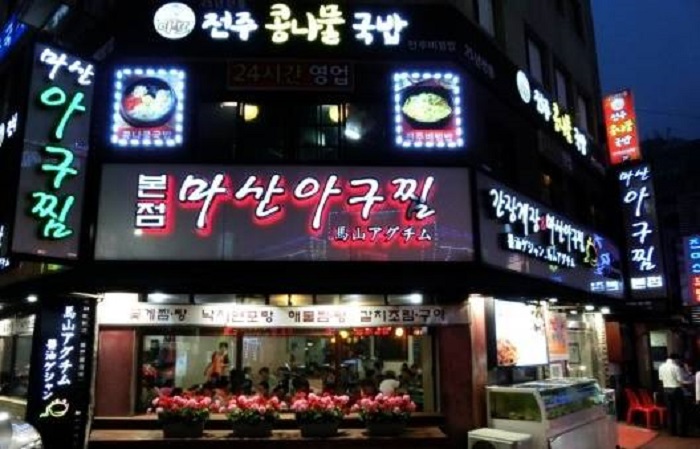
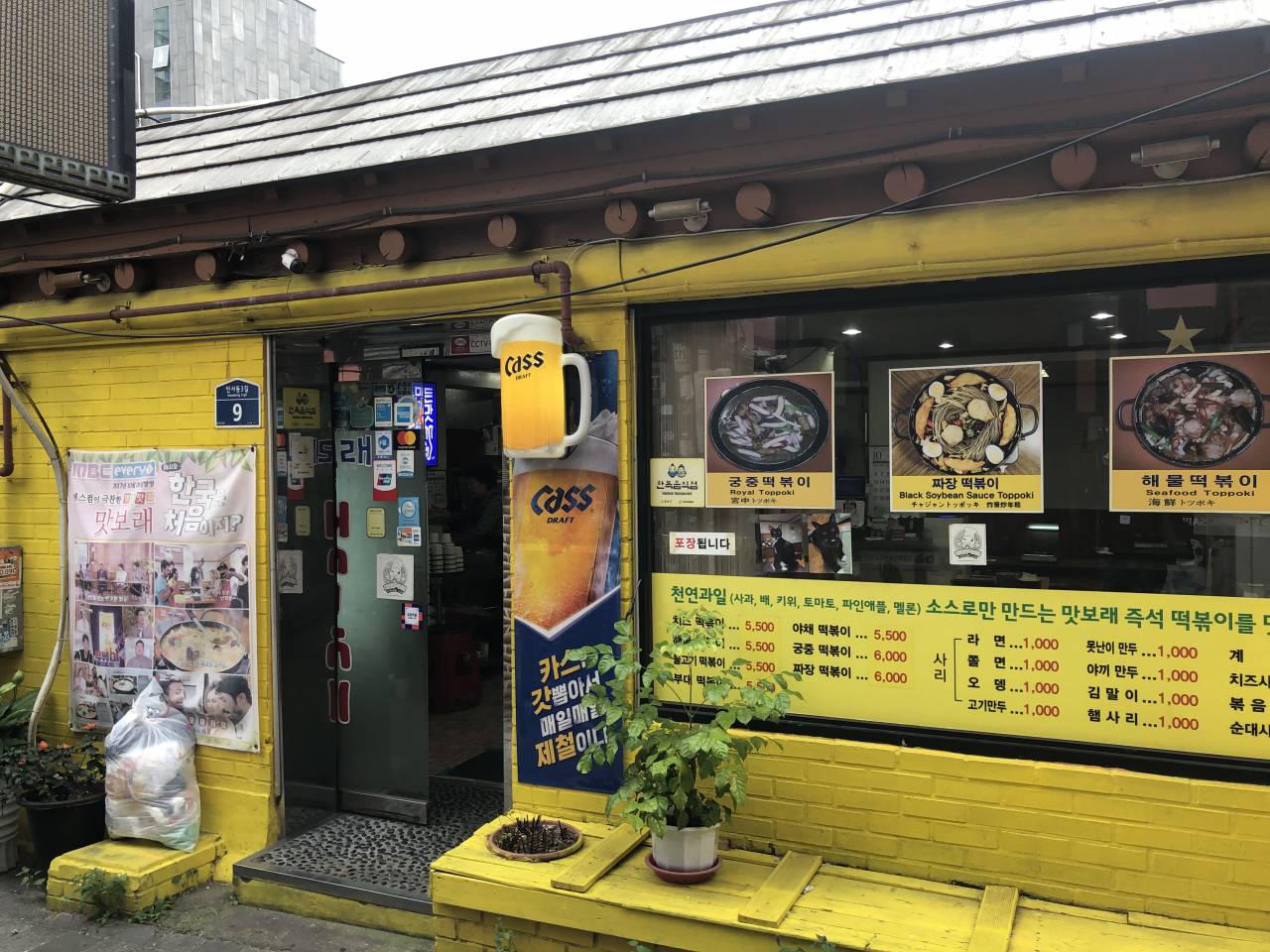
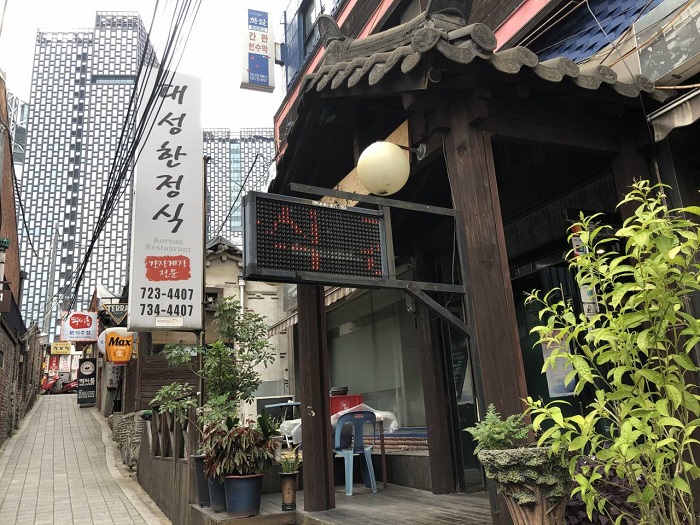
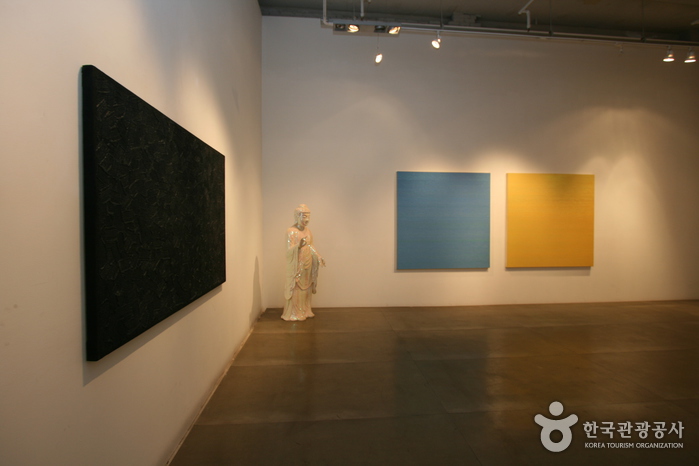
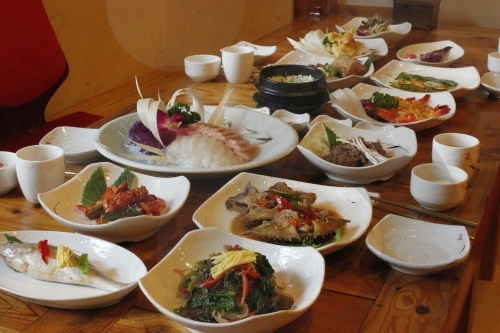
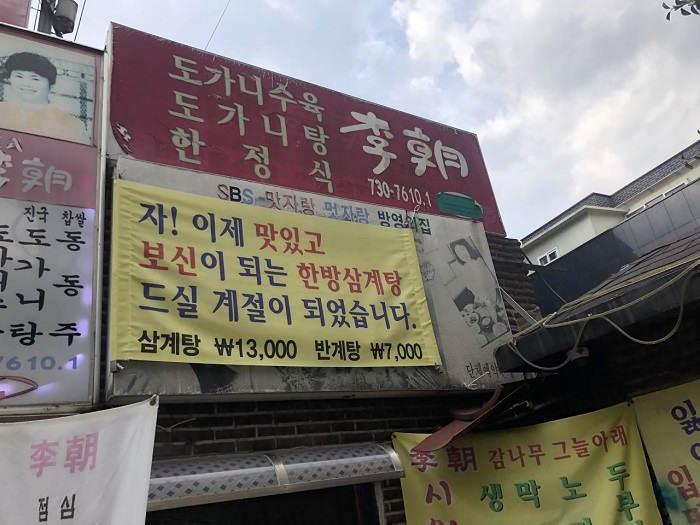
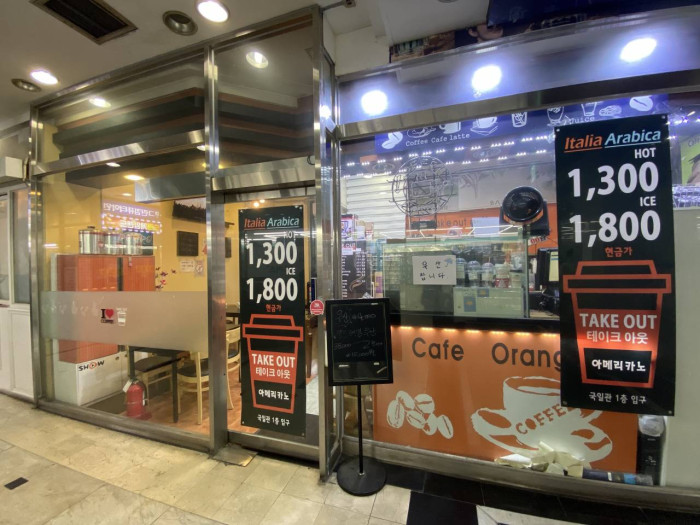

![Seochon Guest House [Korea Quality] / 서촌 게스트하우스 [한국관광 품질인증]](http://tong.visitkorea.or.kr/cms/resource/41/2447241_image2_1.jpg)
 Français
Français
 한국어
한국어 English
English 日本語
日本語 中文(简体)
中文(简体) Deutsch
Deutsch Español
Español Русский
Русский